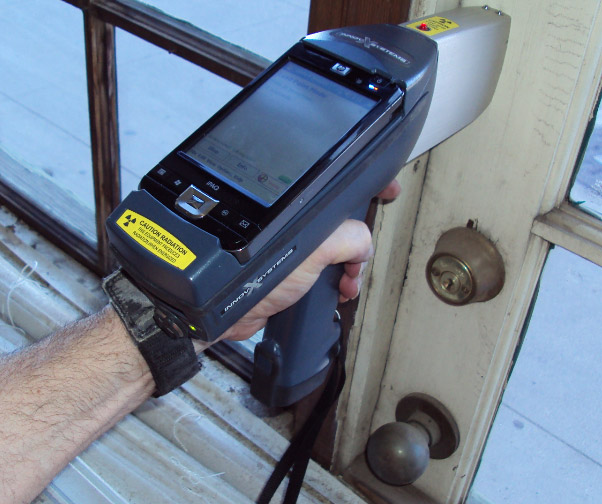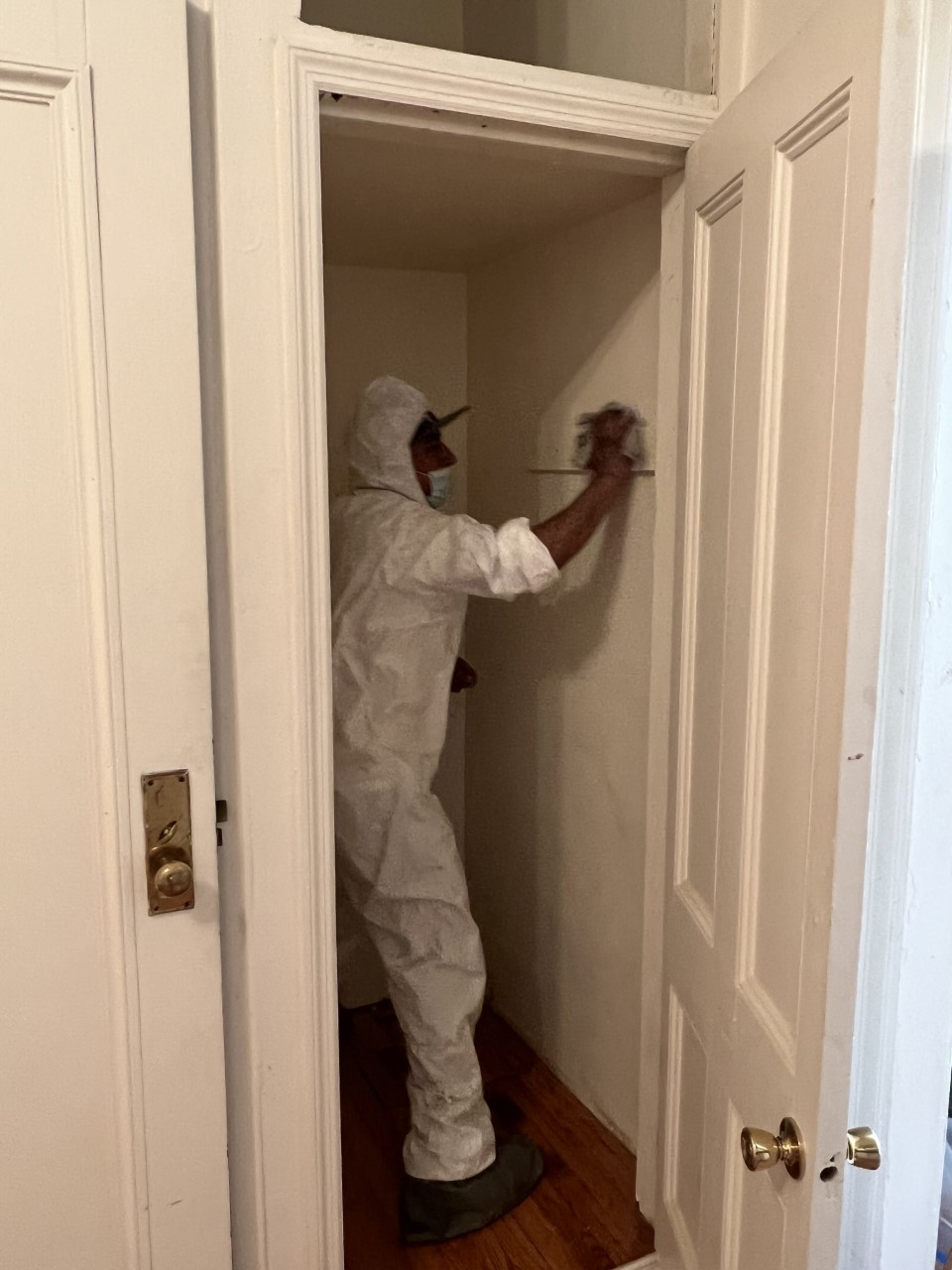Ideal Practices for Guaranteeing Safe and Thorough Lead Infraction Reduction
Attending to lead infraction reduction needs a multi-faceted method to ensure both safety and security and conformity. It's the last clearance process, including extensive assessments and laboratory screening, that absolutely validates a lead-free atmosphere, guaranteeing long-term safety. Just how do these methods interconnect to guarantee thorough lead reduction?

Initial Analysis
Performing a preliminary assessment is an essential very first step in lead offense abatement. This phase incorporates an in-depth assessment of the residential or commercial property to recognize the existence, extent, and certain locations of lead-based threats. Qualified specialists, such as certified lead assessors or run the risk of assessors, should do an extensive website evaluation, making use of tools like X-ray fluorescence (XRF) analyzers to precisely detect and determine lead focus in paint, dust, dirt, and water.
The assessment needs to additionally include an evaluation of the structure's history, previous reports, and any issues or wellness issues reported by occupants - Lead Removal Contractors. Documenting the searchings for diligently is crucial, as these documents form the basis for developing an efficient reduction strategy. A detailed evaluation likewise entails sampling and laboratory analysis, which are essential to confirm the presence of lead and guide succeeding activities
Additionally, it is imperative to communicate the results transparently to all stakeholders, consisting of homeowner, renters, and regulative authorities. By making sure that the first analysis is performed with accuracy and roughness, specialists can lay a solid foundation for a targeted and efficient lead abatement process, ultimately protecting public health and guaranteeing compliance with regulative requirements.
Appropriate Containment
Appropriate containment is important to stop the spread of lead pollutants during abatement tasks. Properly taking care of control lessens the danger of lead dust and debris migrating to non-work locations, therefore guarding both the setting and individuals outside the immediate work area. To attain appropriate containment, an airtight barrier of plastic bed linen need to be established around the workplace, making certain all joints and edges are firmly secured. Lead Removal Contractors. This barrier should prolong from flooring to ceiling and be taped down to prevent any kind of leakages.

Normal evaluations of the control area are essential to inspect for breaches or weak points in the barrier. Any type of identified problems should be immediately addressed to preserve the integrity of the containment. By sticking to these practices, reduction projects can successfully control lead contamination and alleviate associated health and wellness threats.
Worker Security
Ensuring worker defense is paramount during lead reduction projects to stop occupational direct exposure to unsafe lead particles. Necessary measures include the usage of individual safety equipment (PPE) such as respirators, gloves, and full-body matches specifically created to obstruct lead dirt and fumes. Workers ought to go through thorough training on the correct usage and maintenance of PPE, consisting of healthy screening for respirators to guarantee optimum effectiveness.
Design controls, such as neighborhood exhaust ventilation systems, are important in lessening air-borne lead focus in the workplace. Administrative controls should additionally be carried out, consisting of restricting the duration of exposure and turning employees to lower specific direct exposure times. Normal clinical security and organic monitoring are important for early detection of see this page lead absorption, allowing timely intervention and treatment.
Furthermore, establishing a purification method is essential. Employees must adhere to rigorous purification treatments before breaks and at the end of their shift to avoid lead dust from being carried outside the workplace. This consists of complete hand and face cleaning with lead-specific cleaning representatives and transforming out of polluted clothes.
Precise Cleanup
Keeping a secure workplace expands past worker protection and encompasses thorough cleaning to guarantee lead particles are extensively eliminated from the site. The procedure of careful clean-up is critical in protecting against the recontamination of the mellowed out area and safeguarding both existing and future passengers.
To achieve a thorough clean-up, all work locations must be methodically decontaminated. This entails using specialized HEPA (High-Efficiency Particulate Air) hoover and wet-wiping strategies to capture and get rid of fine lead dirt that may have chosen surfaces. It is imperative to clean up all horizontal surfaces, consisting of floors, home window sills, and kitchen counters, in addition to upright surface areas that may have entraped lead fragments.
Workers have to wear ideal individual safety devices (PPE) throughout cleanup to stay clear of exposure to residual lead dirt. Used cleaning products such as wipes, sponges, and wipe heads ought to be disposed of based on unsafe waste disposal policies.

Last Clearance
Final clearance is the essential concluding phase of lead abatement that identifies whether the site is risk-free for reoccupation. This vital step includes detailed assessment and testing to verify that all lead dangers have actually been successfully gotten rid of.

Final clearance screening not just safeguards future occupants yet additionally makes certain compliance with local, state, and government guidelines. Additionally, it serves as a recorded recognition of the abatement service provider's adherence to market finest practices. Ensuring a detailed and effective final clearance is necessary in protecting public health and promoting count on in the reduction process.
Verdict
Guaranteeing secure and extensive lead offense abatement demands a multifaceted technique encompassing first assessments with sophisticated discovery techniques, reliable containment methods, stringent worker defense protocols, and careful cleanup procedures. The last clearance phase, featuring in-depth inspections and lab screening, is essential to verify conformity with EPA standards. Adherence to these finest methods assures a safe atmosphere for passengers, mitigates health and wellness dangers, and upholds governing demands, thereby promoting public health and wellness and safety and security in lead-affected locations.